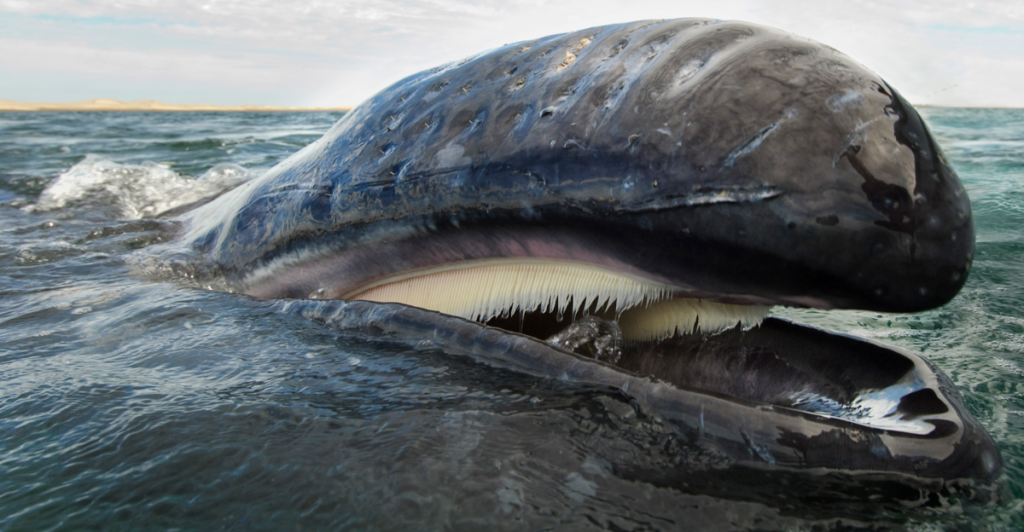
The world’s oceans are home to some of the most magnificent creatures on Earth, such as whales. These marine mammals captivate us with their immense size and grace. In this gallery, we’ll explore the seven longest whale species, delving into their unique characteristics and remarkable dimensions. From the colossal blue whale to the impressive gray whale, each slide offers a glimpse into the lives of these oceanic giants.
Blue Whale: The Largest Animal Ever
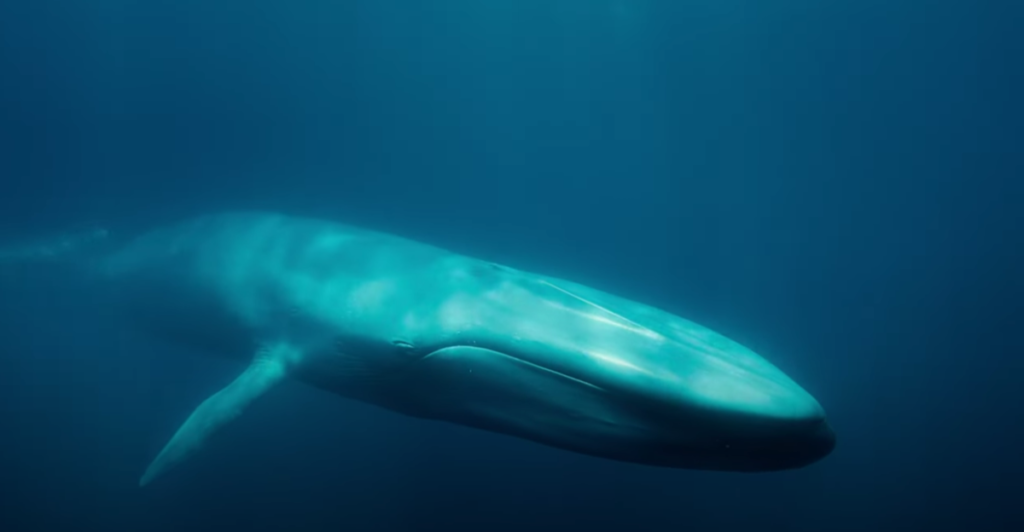
The blue whale (Balaenoptera musculus) is the largest animal known to have ever existed. Reaching lengths up to 100 feet (30 meters) and weighing approximately 200 tons, these gentle giants dwarf all other marine life. Their heart alone can weigh as much as a small car. Blue whales primarily feed on tiny krill, consuming up to four tons daily despite their size.
Fin Whale: The Sleek Sprinter
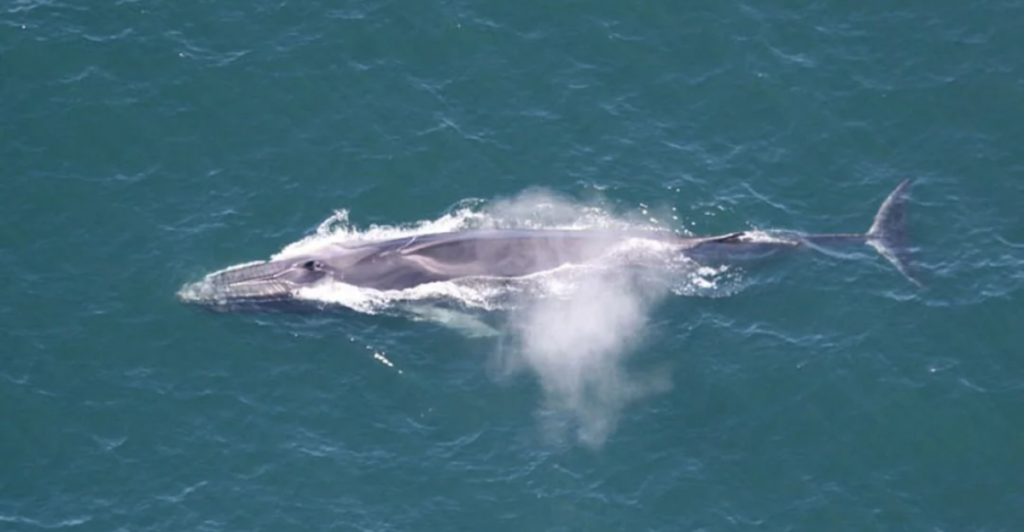
Second only to the blue whale in size, the fin whale (Balaenoptera physalus) can grow up to 90 feet (27.5 meters) in length and weigh around 72 tons. Known for their slender build and speed, fin whales are sometimes called the “greyhounds of the sea.” They are found in oceans worldwide and are distinguished by a unique asymmetrical coloration on their lower jaw.
Sperm Whale: The Deep Diver
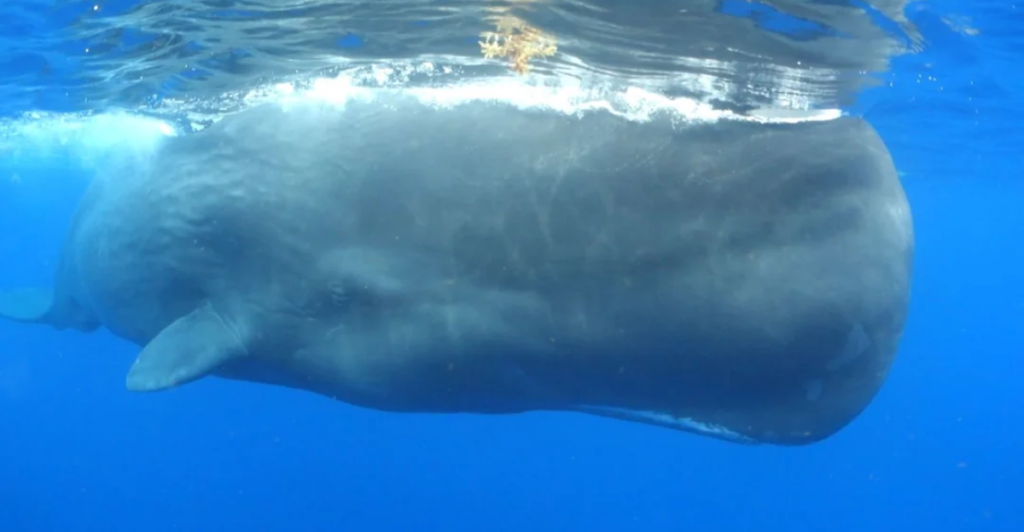
The sperm whale (Physeter macrocephalus) is the most enormous toothed whale, with males reaching lengths of up to 67 feet (20.5 meters) and weighing approximately 56 tons. They possess the largest brain of any known animal and are renowned for their deep diving capabilities, plunging over 3,280 feet (1,000 meters) to hunt for squid. Their distinctive block-shaped head makes them easily recognizable.
Bowhead Whale: The Arctic Giant
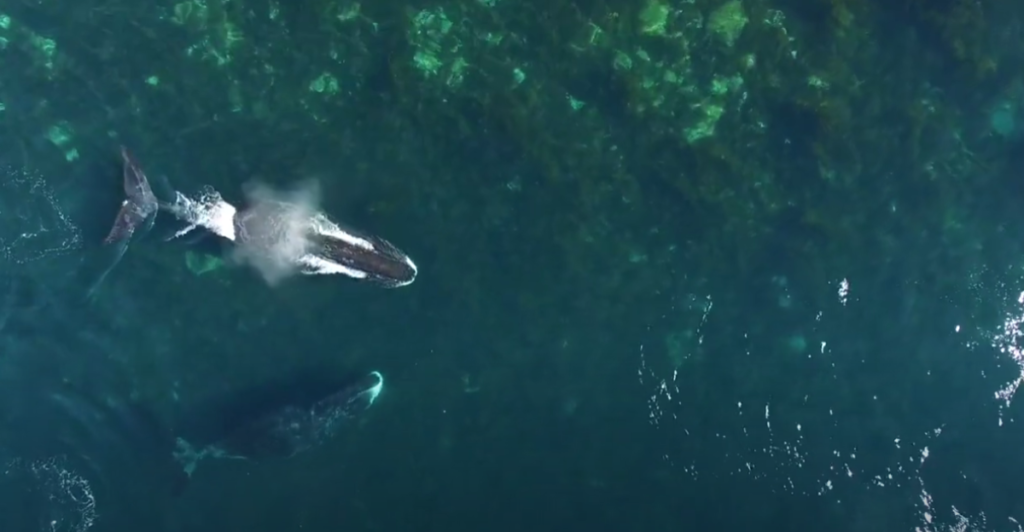
Inhabiting the cold waters of the Arctic, the bowhead whale (Balaena mysticetus) can reach lengths of up to 60 feet (18 meters) and weigh around 100 tons. They are known for their massive triangular skulls, which they use to break through sea ice. Bowhead whales are also among the longest-living mammals, with some individuals estimated to be over 200 years old.
Humpback Whale: The Acrobatic Performer
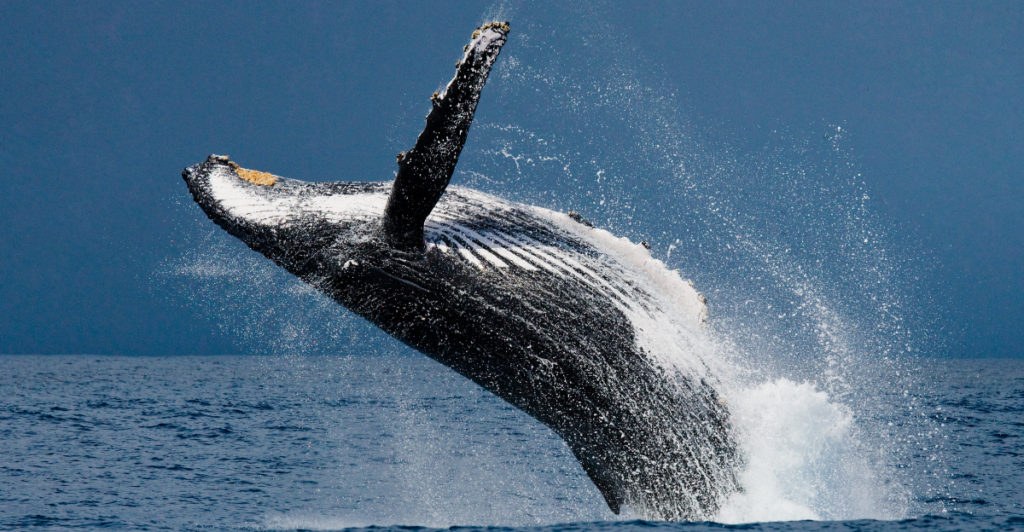
Humpback whales (Megaptera novaeangliae) are renowned for their acrobatic displays and complex songs. They can grow up to 60 feet (18 meters) in length and weigh approximately 40 tons. These whales are found in oceans worldwide and undertake lengthy migrations between feeding and breeding grounds. Their distinctive body shape, with long pectoral fins and a knobbly head, makes them easily identifiable.
Gray Whale: The Coastal Traveler
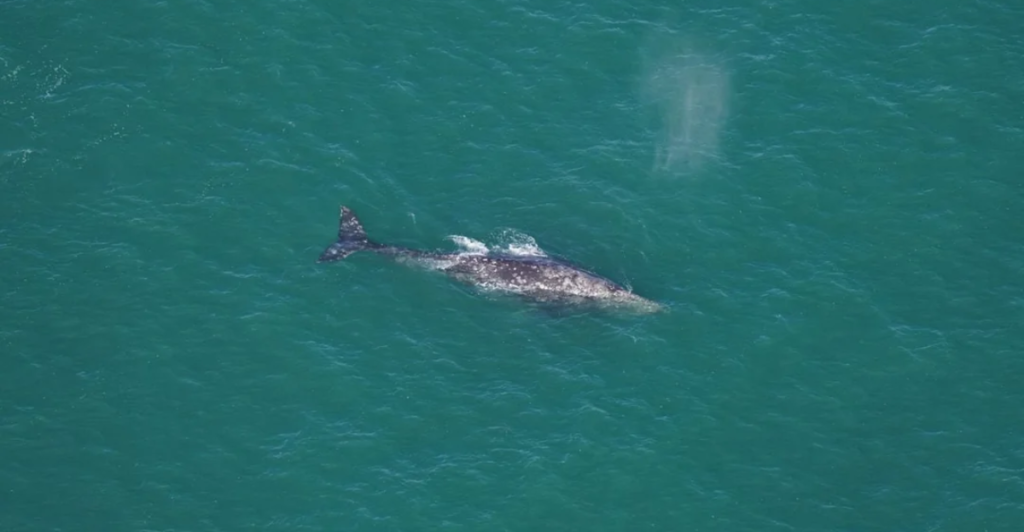
Gray whales (Eschrichtius robustus) reach lengths of about 49 feet (15 meters) and weigh up to 40 tons. They are known for their extensive migrations, traveling up to 14,000 miles round trip between feeding grounds in the Arctic and breeding grounds in Mexico. Gray whales have a mottled gray appearance and lack a dorsal fin, instead featuring a series of knuckles along their back.
Sei Whale: The Elusive Speedster
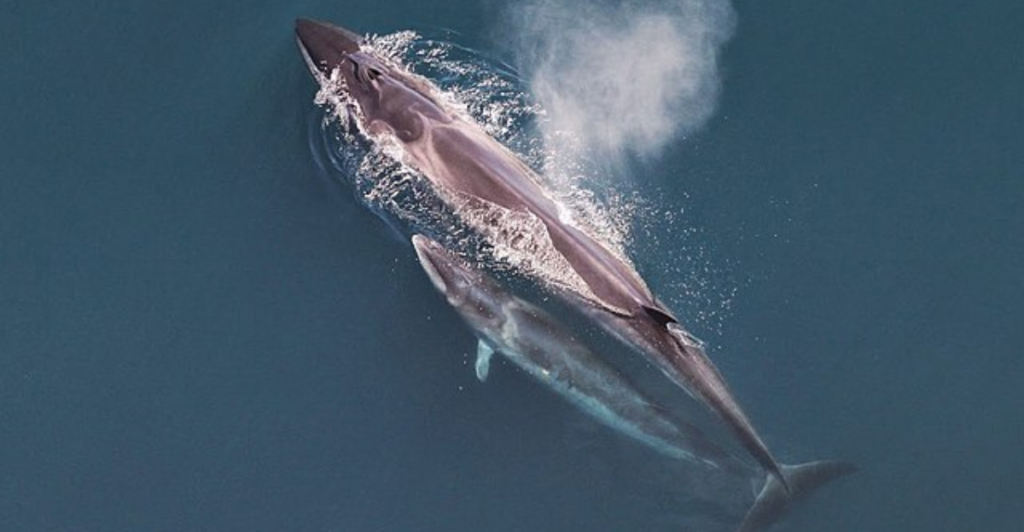
The sei whale (Balaenoptera borealis) can grow up to 64 feet (19.5 meters) in length and weigh around 28 tons. They are among the fastest whales, capable of reaching speeds up to 30 miles per hour (48 kilometers per hour). Sei whales prefer deep offshore waters and are known for their elusive nature, making them less commonly observed than other whale species.
Bryde’s Whale: The Tropical Baleen
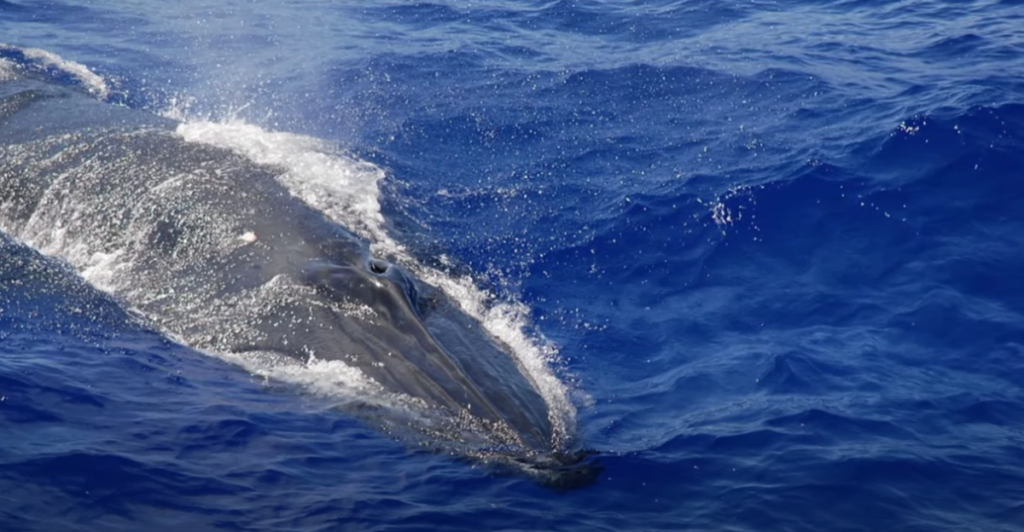
Bryde’s whales (Balaenoptera edeni) typically reach lengths of about 50 feet (15 meters) and weigh up to 25 tons. They inhabit warm temperate and tropical waters worldwide. Distinguishing features include three parallel ridges on the top of their heads and a sleek, dark gray body. Bryde’s whales are known for their unpredictable surfacing behavior, often challenging to study.
Minke Whale: The Smallest Rorqual
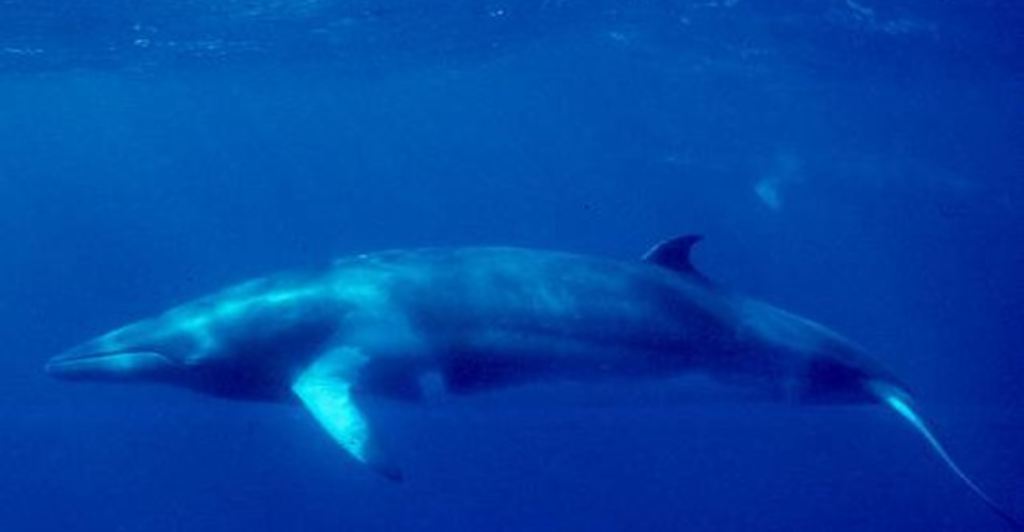
Minke whales (Balaenoptera acutorostrata) are the smallest members of the rorqual family, reaching lengths of up to 35 feet (10.7 meters) and weighing about 10 tons. They are widely distributed across the world’s oceans and are known for their curiosity towards vessels. Minke whales have a pointed snout and a sleek, streamlined body, aiding their agility and speed.
Omura’s Whale: The Mysterious Baleen
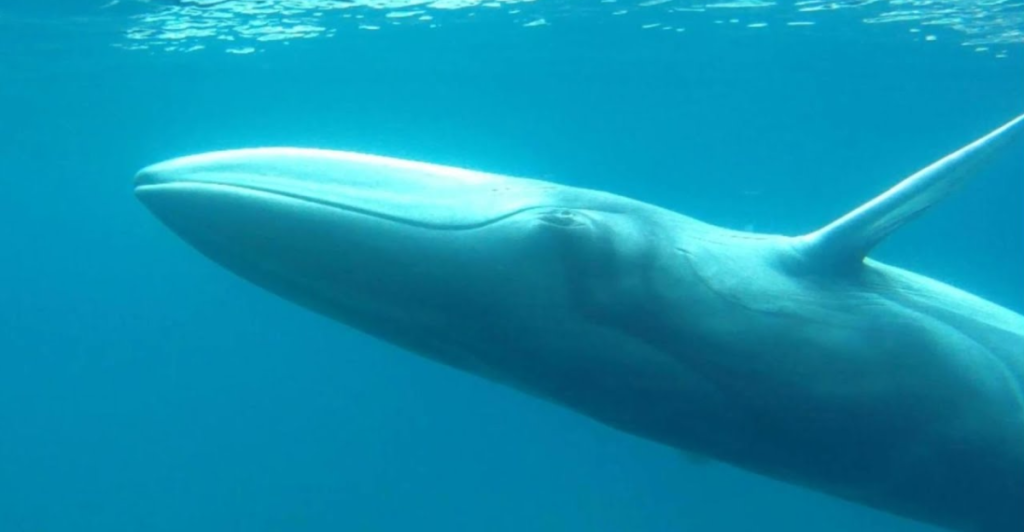
Omura’s whale (Balaenoptera omurai) is a relatively recently identified species. It can reach lengths of up to 38 feet (11.5 meters) and is found in tropical and subtropical waters, primarily in the Indo-Pacific region. Due to its elusive nature and recent discovery, much about Omura’s whales remains a mystery, and ongoing research aims to uncover more about its behavior and ecology.
Conservation Efforts: Protecting the Giants

Whales face numerous threats, including climate change, ship strikes, entanglement in fishing gear, and ocean pollution. Conservation organizations and marine protection laws, such as the Marine Mammal Protection Act and international whaling bans, help safeguard these magnificent creatures. Public awareness and responsible ecotourism also play a role in whale conservation. By supporting conservation efforts, we can ensure that future generations continue to witness the awe-inspiring presence of the world’s longest whales.
The Majesty of Whales
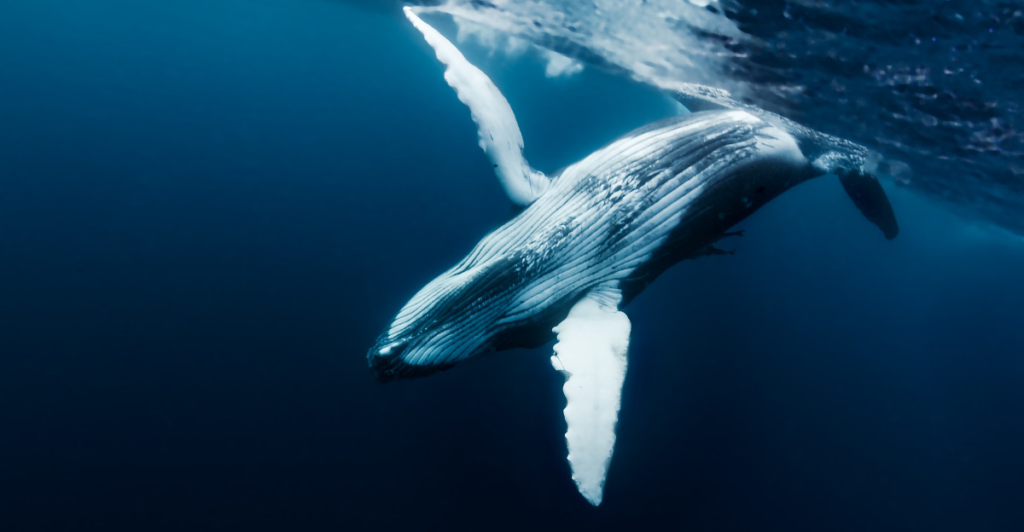
The diversity and grandeur of whale species highlight the wonders of marine life. Each species, with its unique adaptations and behaviors, plays a crucial role in the ocean’s ecosystems. Understanding and appreciating these magnificent creatures underscores the importance of conservation.
Discover more of our trending stories and follow us to keep them appearing in your feed

California Is Breaking Apart: A Fault Line Is Forming Faster Than Anyone Predicted
“There Will Be Eruptions”: Concerns Mount as Yellowstone Supervolcano Activity Shifts
Massive Solar Plant Is Shutting Down Early—Saving Californians Over $500M
Bobcats Are Making a Comeback—And They Might Be Protecting Us From Disease
References:
Reference 1
Reference 2
Reference 3
This article first appeared here
Stay connected with us for more stories like this! Follow us to get the latest updates or hit the Follow button at the top of this article, and let us know what you think by leaving your feedback below. We’d love to hear from you!







